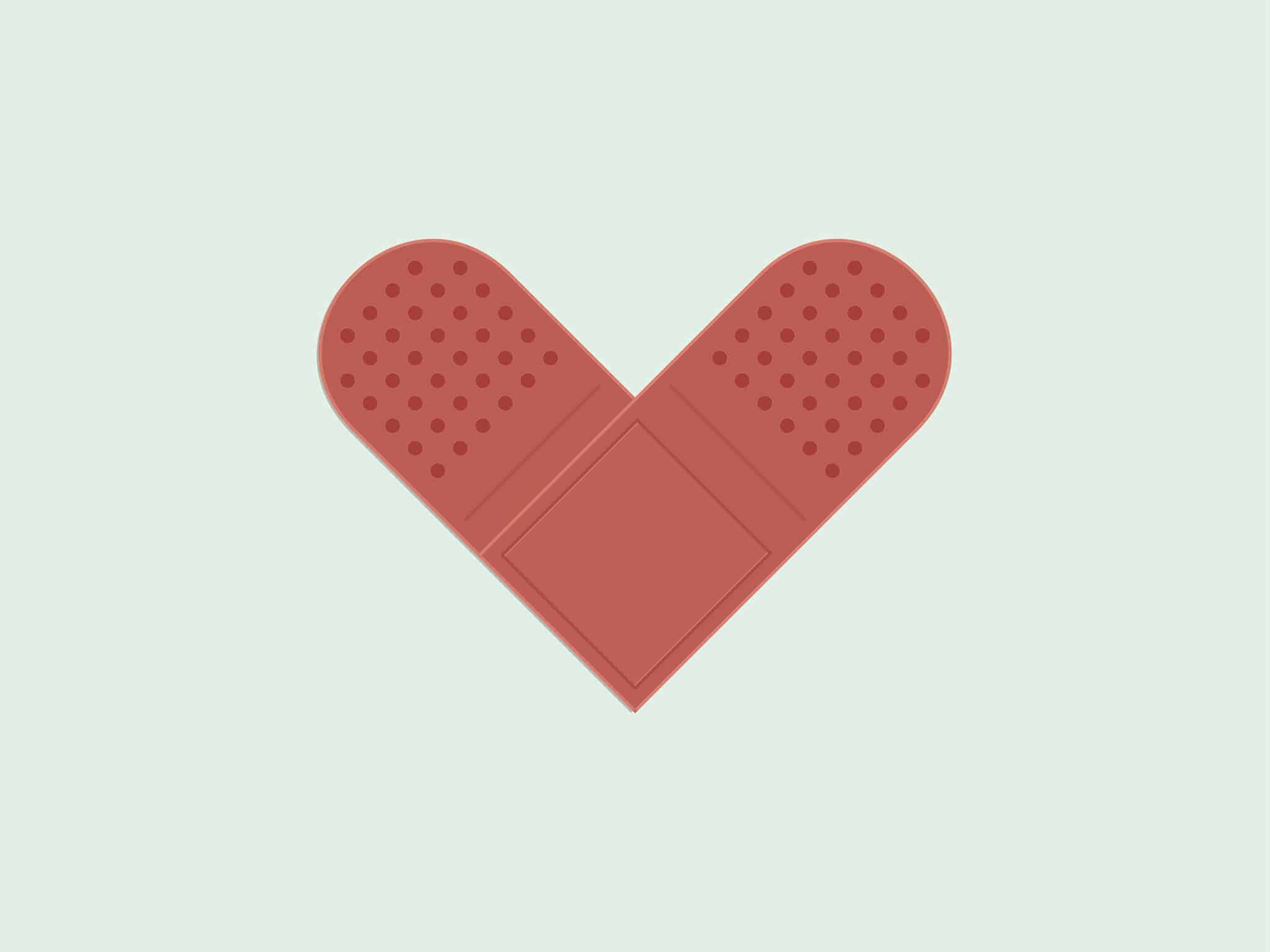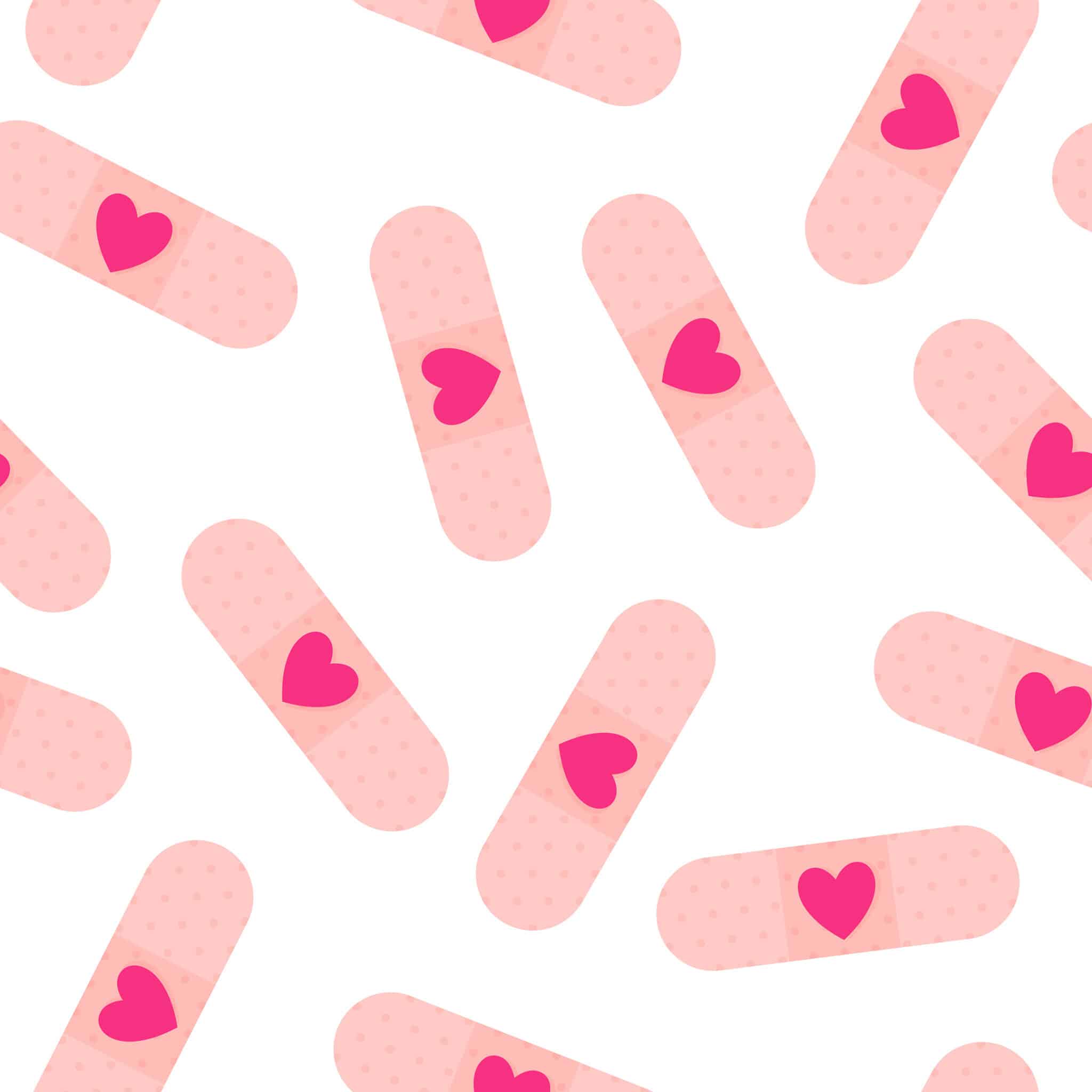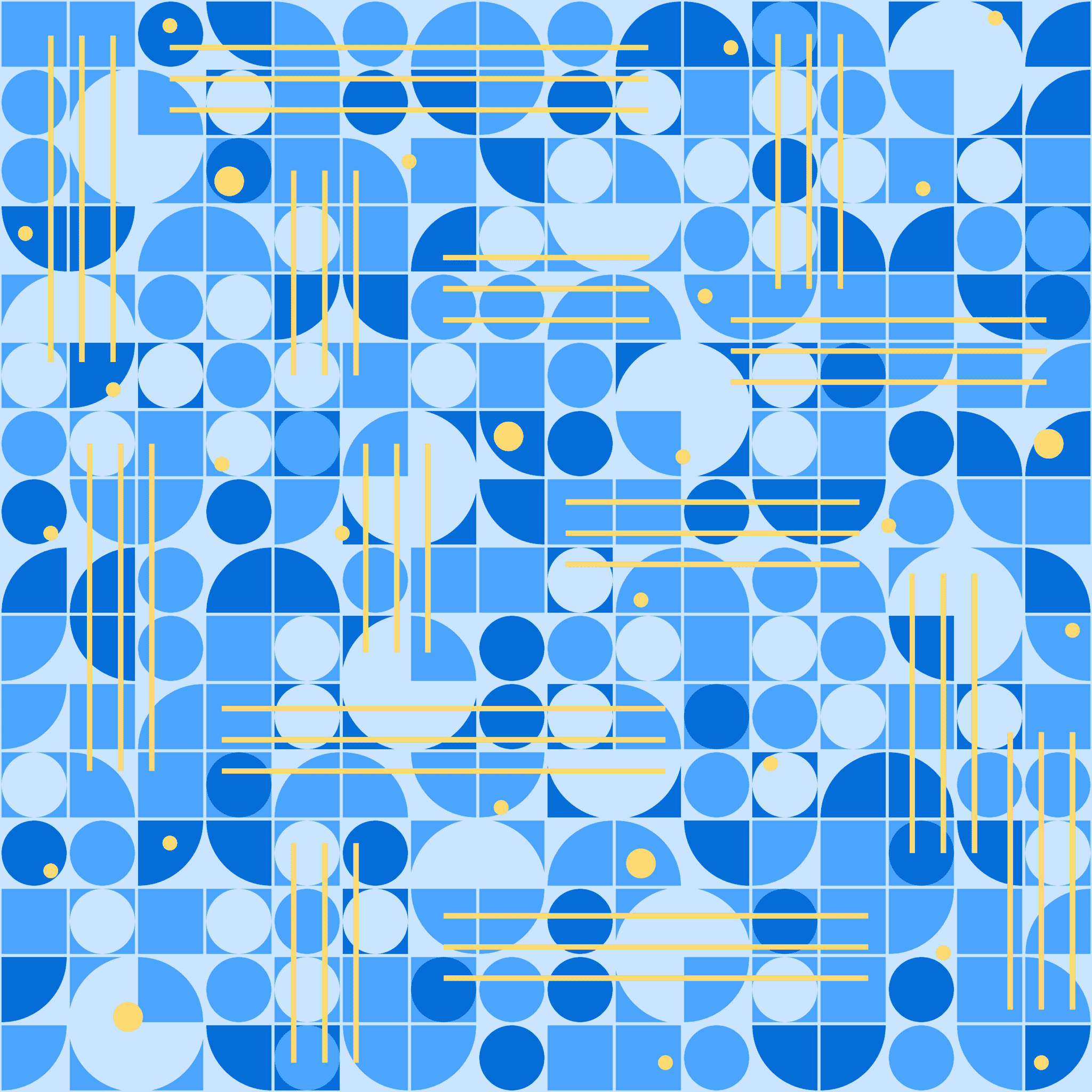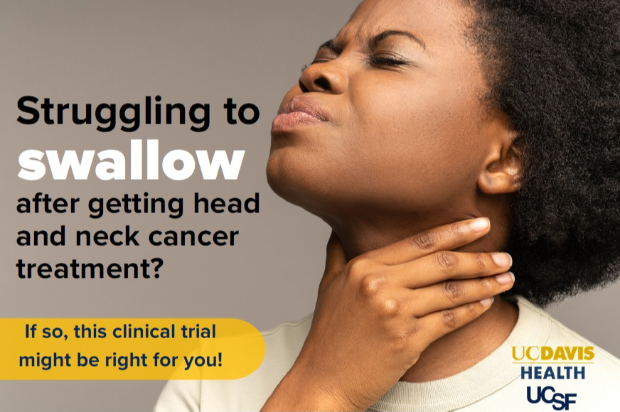
The Best Tips to Care for Your Scar After Thyroid Surgery
Explore these great tips to care for your thyroidectomy scar after surgery. How to keep your scar clean, how to minimize scarring and how to massage your scar.

If you are one of the thousands of people who have undergone a thyroidectomy, then you may find the healing process quite daunting. After all, this is a pretty big surgery, and it is important to continue caring for your surgical wound to prevent additional complications.
Part of the Healing Process Involves Scarring
Many thyroidectomy patients worry about the visibility of their scar. Scars can often appear pink and raised at first, but using scientifically supported techniques and maintaining a regular care regimen can help minimize their appearance. Make sure to always follow care instructions from your surgeon and consult with them before making significant changes to your routine.
In this blog post, we will provide you with some tips on how to care for your thyroidectomy scar after surgery. Please remember that everyone heals differently, so these tips may not work for everyone. However, they should give you a good starting point as you begin the healing process.
Keep Your Scar Clean
Post-surgery care for thyroidectomy is largely similar to care for other surgeries. Right after surgery, your physician may advise you to keep on a gauze dressing for a certain amount of time, usually a few hours. You should wait until after this time to remove the dressing and take a shower.
6 Tips for Taking a Shower After a Thyroidectomy
- Try not to get your scar excessively wet.
- Do not shower with hot water, which can irritate the sensitive skin around your wound.
- Use hypoallergenic body wash, shampoo, and conditioner if possible to avoid irritating the wound.
- Avoid vigorously scrubbing the area.
- Wash and rinse the scar area by hand, instead of using loofahs or rinsing directly from shower head.
- Gently pat your scar dry after your shower with a clean towel, and let it continue to air dry.

3 Tips to Minimize Scarring
In addition to keeping the scar area clean to reduce the chance of infection, you can also take steps to reduce the appearance of your scar and accelerate the healing process. You can do so by utilizing appropriate sun protection, adequately moisturizing the skin, and performing scar massages.
1. Protect Yourself from the Sun
Limit sun exposure by engaging in outdoor activities primarily during early mornings or late afternoons. When going outside, wear breathable tops with higher necklines to cover your scar.
Whenever possible, use sunscreen containing zinc oxide or titanium dioxide, which physically blocks UV rays from sunlight.
Recommended Sunscreens
- Contains scar cream, which can help minimize scar appearance.
- Doesn’t contain zinc or titanium oxide.
- Formulated with both zinc oxide and titanium dioxide.
- Made with hydrating ingredients.
2. Moisturize. Moisturize. Moisturize.
Proper moisturization can reduce itching and prevent the formation of hypertrophic and keloid scars (thick, raised scars arising from excess collagen formation during healing).
Once your scar has finished scabbing and the scabs have naturally fallen off, you can start applying topical moisturizer to the scar a few times a day.
Non-Irritating Moisturizers
- Vaseline
- Aquaphor
- Eucerin
- Aloe vera
3. Massage Your Scar
Get your doctor’s permission to start a scar massage. Do not start scar massage until all sutures have been removed and scabs have naturally fallen off. Before starting the massage, apply a hypoallergenic lotion to the affected area. Massage the area in circular motions with your fingertips, while applying firm pressure. You can repeat this process about 3 times a day for a few minutes each.
Healthcare Disclaimer
We encourage you to speak with your doctor if you have any other questions or concerns regarding your symptoms and treatment. While this information provides a helpful guide, it does not replace consultation with your healthcare provider.
















